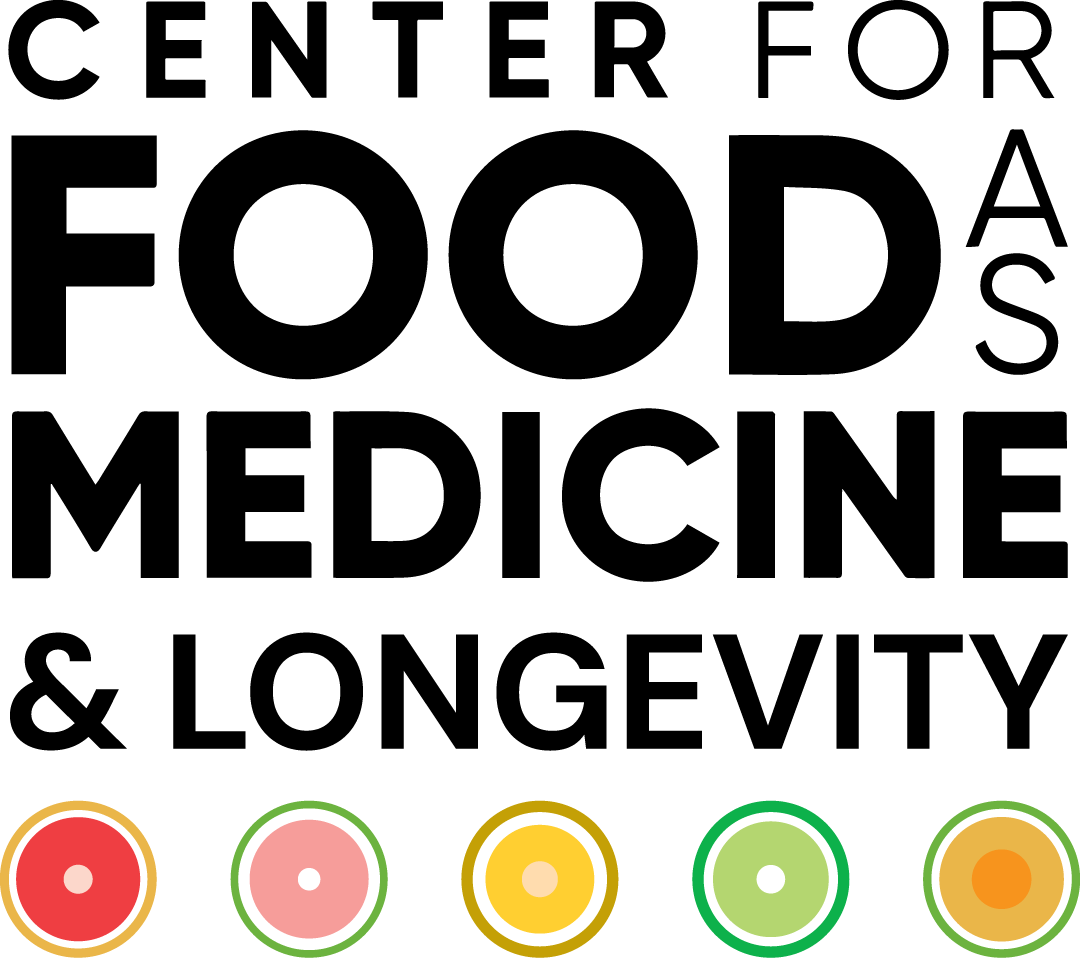“A time is coming when men will go mad, and when they see someone who is not mad, they will attack him, saying, ‘You are mad; you are not like us.’”
― St. Antony the Great.”
Many countries around the world are increasingly taking notice of the health risks posed by a diet high in ultra-processed foods (UPFs). Seven countries have incorporated avoidance of ultra-processed foods into their national dietary recommendations. Sadly, the United States – amongst the world’s top consumers of ultra-processed foods – lags far behind in this discussion.
This week marks the publication of one of the first umbrella reviews concerning UPFs. An umbrella review, also known as an overview of reviews, is:
“a type of review that compiles evidence from multiple existing reviews to provide a comprehensive assessment of the available information on a specific topic. It is one of the highest levels of evidence and allows for easy comparison between individual reviews. Umbrella reviews are useful for addressing broader questions, comparing interventions, and developing guidelines. They typically integrate and synthesize the findings of previously published systematic reviews or meta-analyses to provide a more comprehensive analysis of the evidence.”
This most current analysis on the correlation between UPF consumption and the risk of ill-health includes the results of 14 other meta-analyses that examine the overall effects of consuming UPFs on the risks of early mortality and certain chronic diseases.
The Study:
- The study utilized the NOVA classification system in which UPFs are designated NOVA Class IV.The classification of UPFs highlights four characteristics (University of Montana criteria based on NOVA):
- The Matrix: The natural food matrix is degraded or destroyed.
- The Reassembly: When reassembling the matrix, modified substances not naturally occurring in nature are added, including flavorings, preservatives, and other additives known as markers of ultra-processing (MUPs).
- The Bliss Point: UPFs often contain excessive amounts of undesirable sugars, fats, and salt in an effort to maximize their bliss point – a term used in the food manufacturing industry to describe the combinations of sugar, salt, and fat that deliver the maximum pleasure before a particular food is perceived as unpleasant.
- Profitability: These products tend to utilize inexpensive ingredients and are manufactured for a long shelf life to maximize profitability.
-
Overall, the review evaluated 45 unique studies with a total of 9,888,373 participants across the pooled analysis.
-
Data was interpreted in terms of credibility (Class I data being the strongest and recognized as “Convincing”) and GRADE (Grading of Recommendations, Assessment, Development, and Evaluations) quality assessment (high, moderate, low, or very low).
The Take-Away:
-
- The study found, with Class I data:
- A significant link between ultra-processed food consumption and the risk of cardiovascular disease related mortality.
- A significant link between ultra-processed food consumption and the risk of developing Type II Diabetes.
- A significant link between ultra-processed food consumption and the risk of common mental disorders, including anxiety.
- The study found, with Class I data:
-
- The study found, with Class II (“highly suggestive”) data:
- A significant link between ultra-processed food consumption and the risk of early death (all-cause mortality).
- A significant link between ultra-processed food consumption and the risk of depression and sleep related disorders.
- A significant link between ultra-processed food consumption and the risk of obesity.
- The study found, with Class II (“highly suggestive”) data:
The Caveat:
The average American’s diet is made up of roughly 60 percent ultra-processed foods, and the largest consumers are the younger generations. From age 5 onwards, in the United States, the average diet is almost 70 percent UPFs. This current study adds to a robust body of evidence linking significant chronic disease risk (cardiovascular disease, obesity, type II diabetes, and several psychiatric conditions) and an increased risk of early mortality with greater consumption of ultra-processed foods.
Studies like these, which demonstrate powerful correlations, will hopefully spur further research into exploring causative mechanisms. In general, UPFs tend to exhibit a poor nutrient profile compared to non-ultra-processed alternatives. They tend to be more energy-dense and contain undesirable amounts of added sugars, fats, and salt. Because diet tends to be a zero-sum game, when people consume more UPFs, they consume less of other types of foods – a phenomenon known as displacement. In the American diet, for example, foods such as fruits, vegetables, legumes, nuts, and seeds tend to be displaced in favor of UPFs.
UPFs are reconstructed with an artificial matrix that contains many compounds not found in natural, whole foods. Having many additives increases the risk of the “cocktail effect,” in which the combination of additional additives has greater implications for human health than exposure to a single additive. In order to increase shelf life, UPFs are often packaged with compounds that have recently been shown to migrate from foods, such as bisphenols, microplastics, mineral oils, and phthalates, which in turn are associated with negative health outcomes. And finally, aggressive marketing, low price points, and intentional hyper-palatability (i.e., constructed to be addictive) also significantly contribute to their ubiquity within the modern Western diet.
It seems a bit of a time of madness when we can no longer speak simply of foods like chicken or potatoes, or even a loaf of bread. But the times, they are a-changing, and so has our food; so, in the interest of our own survival, it would behoove us to change our perspective as well.
The Study:
Additional Resources: An Ordinary Meal (TEDx Talk)

